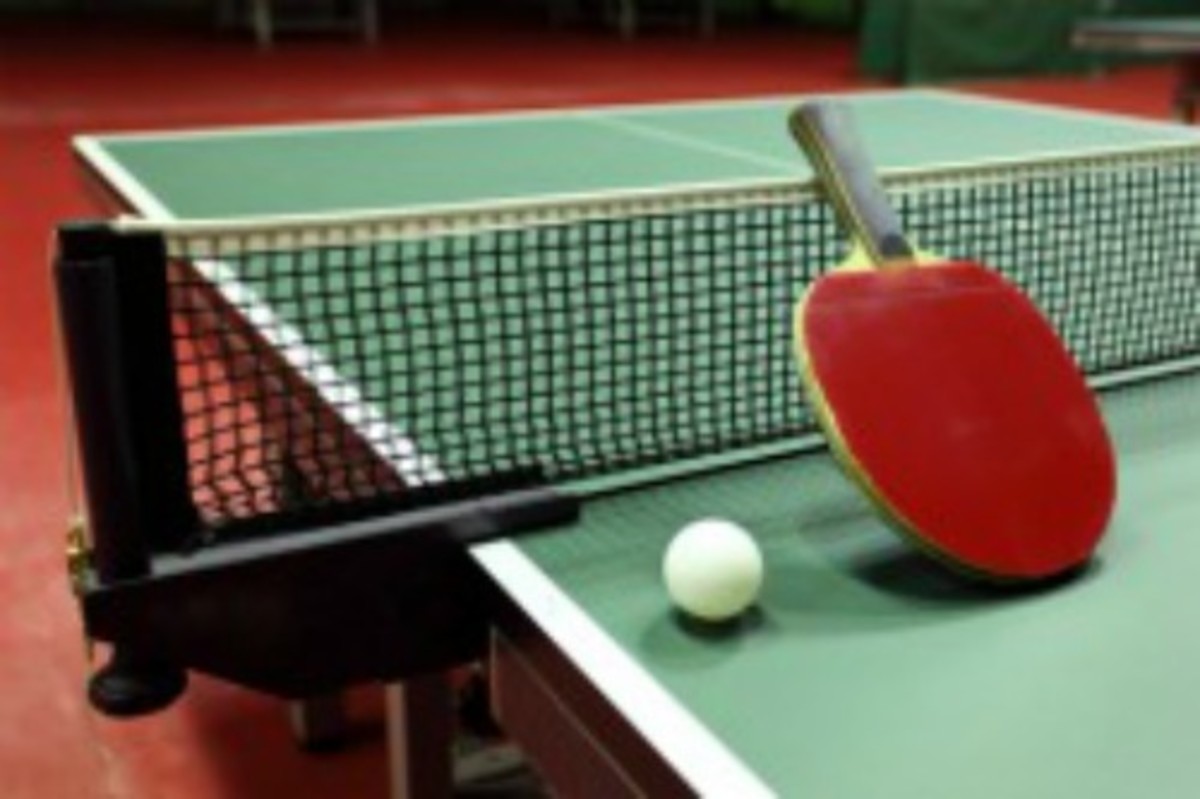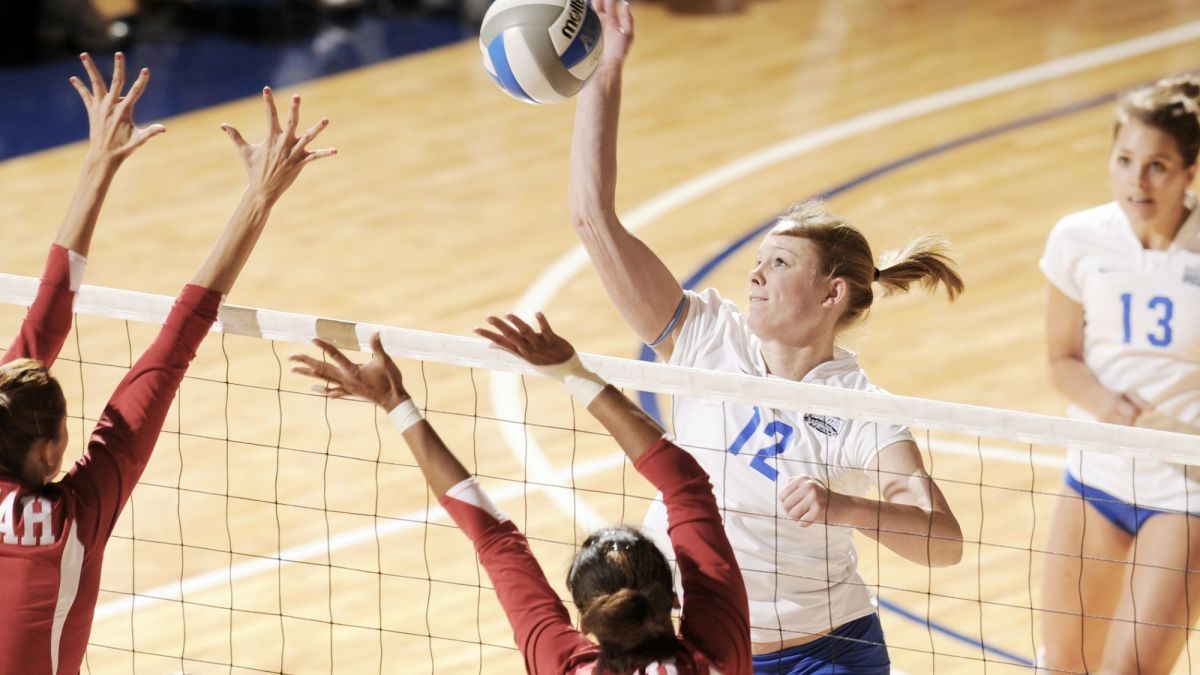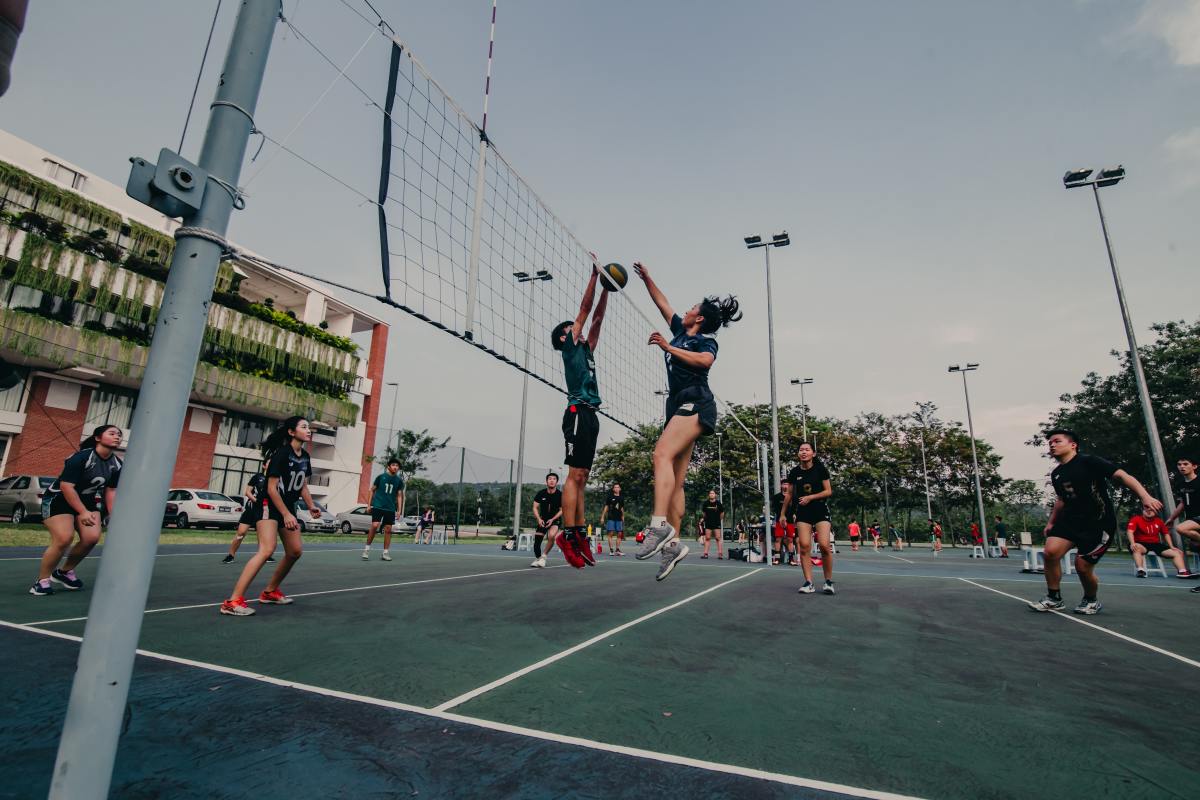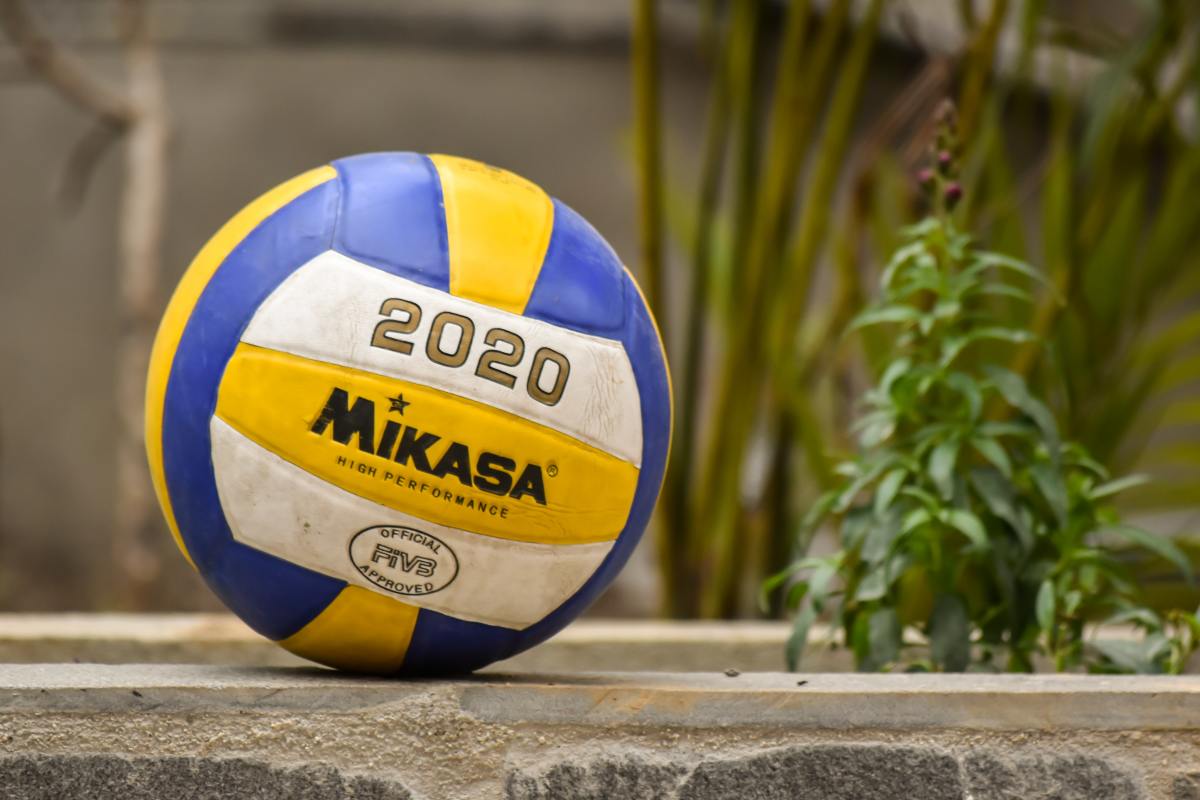How To Pass A Volleyball The Right Way
A Guide for Beginners on Making the Perfect Platform
The most important element in learning to play volleyball is learning how to pass properly. A huge part of making a great pass comes from your platform. There are quite a few techniques out there, but really only two that I would recommend. The first way is by using a fist when you pass, and the second is by using flat hands.
To use the fist technique:
- first make a "thumb's up" with whatever hand feels most comfortable. I prefer to make the thumb's up with my left hand.
- Next you wrap your opposite hand around the first, putting your fingers exactly over the others.
- Then lay you thumbs down on top of your fist. Now you're done with your hands!
- Now straighten out your arms in front of you and try to make your elbows "kiss." This is how to set up your basic fist pass.
The second form, the flat handed form, is very similar.
- This time, take the same hand you used first to make the fist platform, and stick it out in front of you with your palm facing the ceiling and your fingers pointing away from your body.
- Next take your other hand and stick it out in front of you in the same manner, but place it behind your first hand and have them make an "X," crossing at the beginning of your fingers.
- Now fold your thumbs over the top and straighten your arms like you did with the first technique.
Both techniques are very similar, but they are also different in that they make you connect with the ball slightly differently. A fist pass, because of the way your arms are turned, gives a little extra power to your passes because the ball contacts more bone, meaning a harder surface, giving it more bounce. The flat hand technique changes your arms slightly, forcing the ball to conact more padded skin. This can be great if you are left back or middle back, constantly digging hard hit balls. If you are in the front row, you are more likely to be digging tips, so a fist pass might give you greater success.
Flat handed passes also have a wider area for the ball to hit, and it is also flatter, producing more accurate passes and less chance of shanking a tough ball, such as a floater serve or a spike you have to dive for. But if you do not have constantly tough balls being hit at you, a fist pass is perfectly fine, and in my experience, is most widely accepted.
If you are new to the sport, you should try passing both ways and see which works best for you. Whichever way you decide to pass, stick with it. You don't want to constantly be switching, because when a ball is coming at you fast, you need to react on instinct. You won't have time to decide which passing platform technique to use.
More passing tips:
- Keep your hands at about the height of your belly button and when you are passing, don't swing your arms.
- You should get all of your strength for your pass from your legs. Keep one foot slightly forward when you are passing, feet shoulder-width-apart or even wider, and always be ready to move in any direction to get to a ball, even backwards, because you should never jump to pass a ball.
- You should keep low to the ground to wherever is comfortable. Taking two quick steps to set up your feet before you pass is a great idea, since it makes you stable and lets you have basically the same movement every pass.
For you beginners, I hope you enjoy the game of volleyball. I have played since 6th grade and am now coaching, and I love it. It is a great social game with a huge emphasis on teamwork, and I believe that it develops athletes in a very positive manner, and I am proud to still be involved with the sport.









